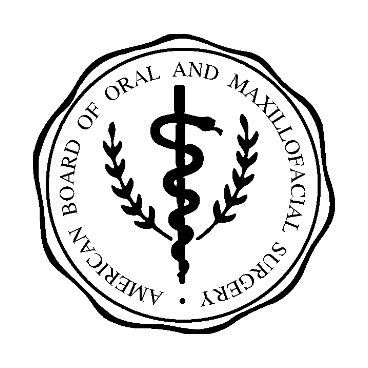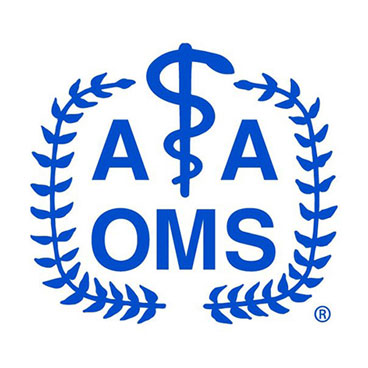We could not find the Web Page you requested. This is either because:
Click here to go back to our Home Page.



Our office is conveniently located in the Berlin Professional Center, 314 Franklin Avenue, Suite 502 Berlin, MD 21811.